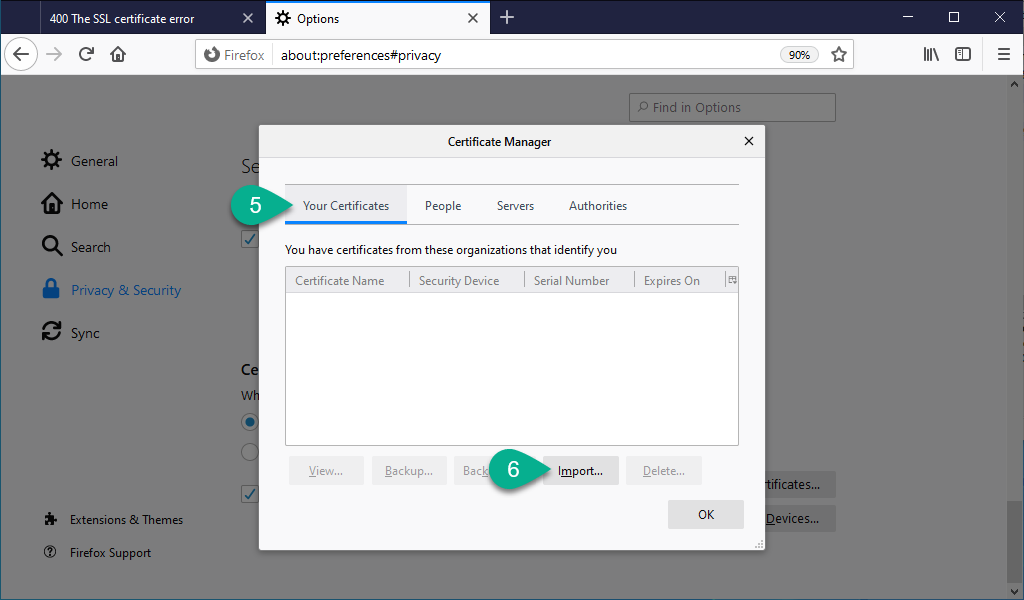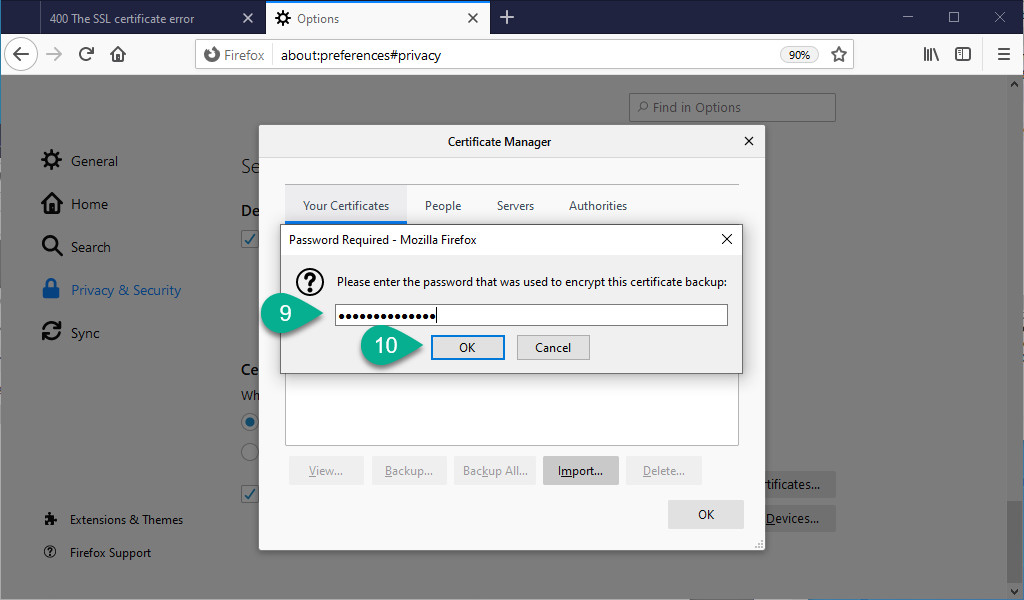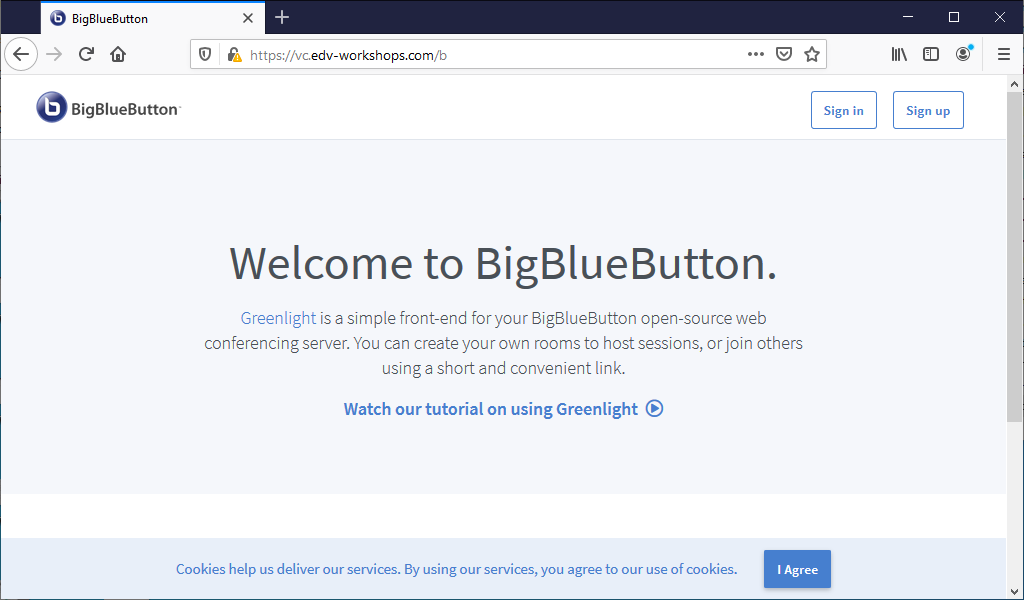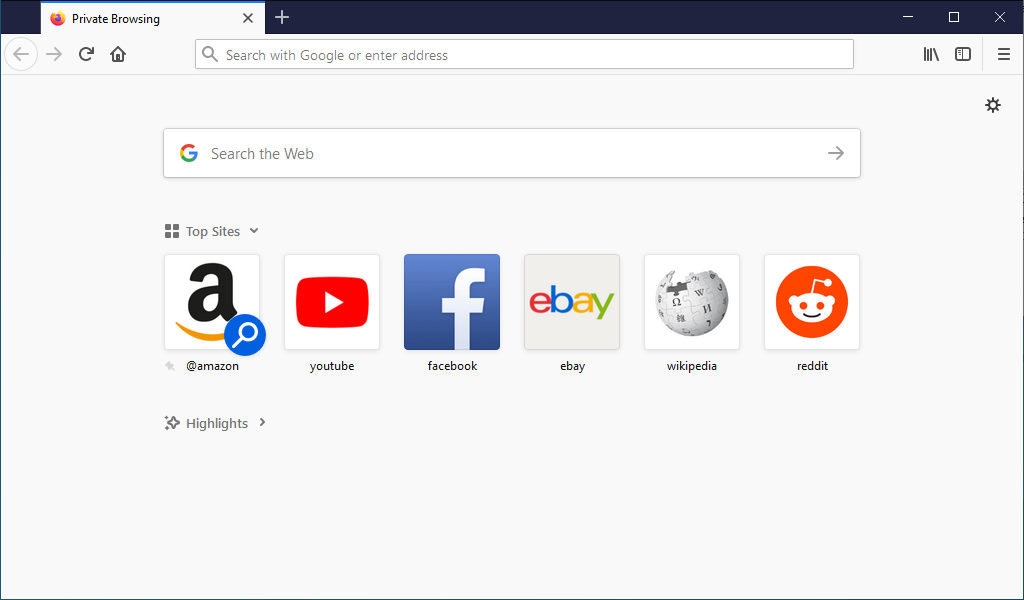Browser from the nonprofit organization
Firefox under Windows
... who's fighting for your online rights. The browser is available for different platforms (Android, iOS, iPadOS, Linux, macOS, Windows, ...). Here we look at the settings under Microsoft Windows.
To access pages with Firefox that require "client authentication" with a certificate, you need to import a corresponding certificate. In the example the URL "https://vc.edv-workshops.com" is to be accessed (the address does not exist).
If you have not imported a certificate, the error message "400 Bad Request - No required SSL certifiacate was sent" or "403 Forbidden" will appear when the address is accessed.

Import Client Certificate
A certificate comes in the form of a *.p12 file, which you receive from the provider of the respective service, including a password, e.g. by e-mail. Save the file to any location (in the example, the file with the name "CERT_pattern_karl_v2.p12" is located in the "Downloads" folder).

Selecting the certificate store
Mozilla Firefox has its own certificate store, so the certificate should usually be imported directly into Firefox. From version 49 (March 2017) Firefox can be set to use the Windows certificate store.
However, by default Firefox uses its own certificate store. In the company environment (Enterprise), however, it is often switched to the Windows certificate store. To find out how your browser is currently set up and how you can change this, please read the article "Mozilla Firefox - Selecting the certificate store".
If you use the Windows certificate store in Firefox, the certificate should be imported as described in "Certificate management under Windows".
Import certificate into the Firefox certificate store
Open the menu item "Options" (2) via the "Sandwich Menu" (1).

In the settings, switch to the "Privacy & Security" (3) area. There you will find the button "View Certificates..." at the very bottom (4).

In the "Certificate Management" dialog, switch to the "Your Certificates" tab (5) and click on the "Import..."-button (6).

Select the previously saved p12-certificate-file (7) and click on "Open" (8).

The next step is to enter the password (9). Then click on "OK" (10).

The certificate has now been added to the Firefox certificate store (11). You can now close the "Certificate Management" dialog via the "x" (12).

The certificate is now imported.
Calling the page (with installed certificate).
The corresponding page can be called up (in the example the page https://vc.edv-workshops.com).

Firefox now offers you the corresponding certificate to access the web server.
Click on OK.

The page is opened (in the example an installation of the web conference system BigBlueButton).
The workshop is now complete. The certificate has been successfully installed.


 Deutsch (Deutschland)
Deutsch (Deutschland)  English (United Kingdom)
English (United Kingdom)